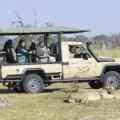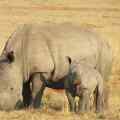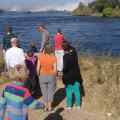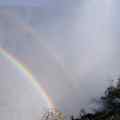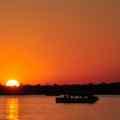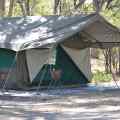Makgadikgadi / Nxai National Park
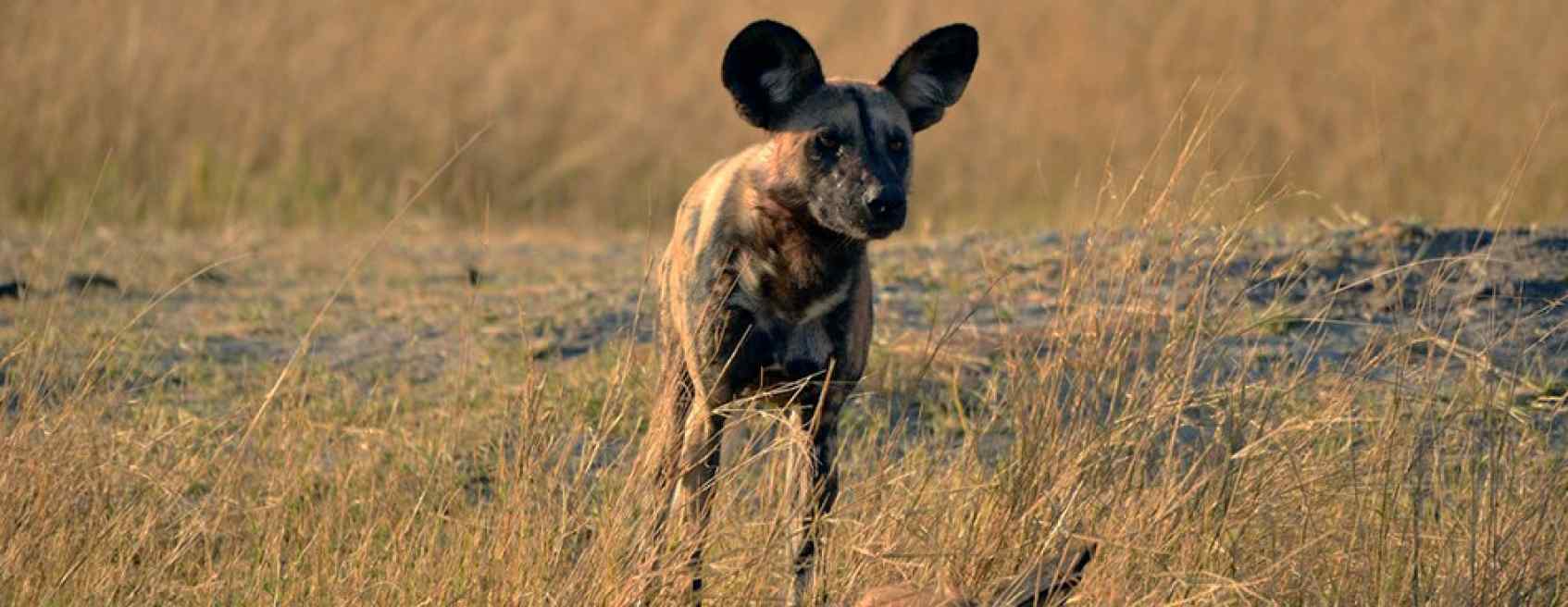
The Makgadikgadi and Nxai pans were two separate parks that were joined together in 1993 to form one conservation area covering 7,478 square kilometres diverse landscapes. Makgadikgadi is a vast open area where dry winter saltpans transform into a huge wetland in the rainy season. Nxai pan has grassy open plains dotted with umbrella thorn trees and tracts of morphine woodland. The Nxai Pan is actually a National Park and the Nxai area consists of a series of fossil pans which originally were ancient salt lakes. These fossil pans are covered with grass and scattered with Acacia tree islands, providing shade for the animals. These Nxai Salt pans were formed approximately 10 000 and 15 000 years ago when the area used to be a super lake; formed by the Okavango Delta, Zambezi River and Chobe River. During summer rains the wilderness undergoes a transformations countless water birds are drawn to the shallow pools .Enormous flocks of flamingos and other water birds, including pelicans, gather on the newly formed lakes, signalling the beginning of the dramatic wildebeest and zebra migration besides birds possible sightings include giraffe, kudu ,impala and giraffes. A set of seven baobab trees stand together on what appears to be an islanding the middle of sand they were depicted by the artist explorer Thomas Baines in his 1861 paintings.
The Makgadikgadi Pans are the residue of a great lake that once covered much of northern Botswana, fed by rivers carrying salts leached from the lake’s catchment area. Ancient lakeshore terraces reveal that the water depth fluctuated by as much as 33 metres and, at its greatest extent, the lake covered an area of 60,000 sq km. Because the basin had no outlet, the salts were concentrated in low lying areas. Less than 10,000 years ago, climactic changes caused the lake to evaporate, leaving only salt deposits.
The Boteti River, the historical source of the pans was once a broad strong-flowing waterway fed by waters drained from the Okavango Delta during the months of June and July annually. The Boteti later dwindled to a chain of pools and ceased flowing in September 1992. In 2009 the Boteti River started flowing again hence attracting large amount of wildlife
Even today, Makgadikgadi is not always dry. The pans, which are situated in the south, east and north-eastern areas of the park, fill with water during the rains from mid-November and mostly retain their water into April or May. The “thirst lands” are then transformed into great sheets of water, which attract a spectacular array of water birds and trigger dramatic migrations of wildebeest and zebra.

